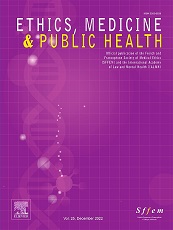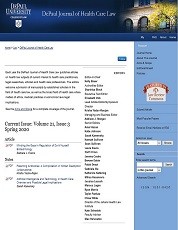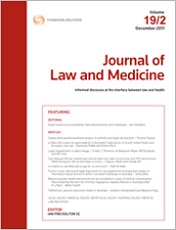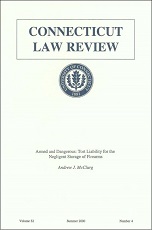Raphael Cohen-Almagor

Abstract
The article opens with the hypothesis that the default position that should guide healthcare providers when treating patients at the end-of-life is that patients opt for life. In the absence of an explicit request to die, we may assume that patients wish to continue living. Thus, the role of the medical profession is to provide patients with the best possible conditions for continued living. The article makes a case for physician-assisted suicide legislation. It examines the ‘quality-of-life’ argument, and the issue of the patient’s autonomy and competence. It is argued that (1) quality-of-life is a subjective concept. Only the patient can conclude for herself that her quality-of-life is so low to warrant ending it, and that (2) only competent patients may request ending their lives. Patients’ lives should not be actively terminated by the medical team without the explicit consent of patients. The article then probes the role of physicians at the end-of-life, arguing that medicine should strive to cater to the wishes of all patients, not only the majority of them. Physicians should not turn their backs to justified requests by their patients. Physicians are best equipped to come to the help of patients at all stages of their illness, including their end-of-life. At the same time, in ending life, the final control mechanism should be with the patient. Thus, physician-assisted suicide is preferred to euthanasia in order to lower the possibility of abuse and of ending the lives of patients without their consent and against their wishes. As matters of life and death are grave, they should be taken with utmost seriousness, requiring the instalment of ample checks against abuse and facilitating mechanisms designed to serve the patient’s best interests. The article concludes with 19 careful and detailed guidelines for physician-assisted suicide. These are necessary measures designed to ensure that the best interests of the patients are served as they wished.
Cohen-Almagor R. An argument for physician-assisted suicide and against euthanasia. Ethics Med Pub Health. 2015 Oct;1(4):431-441.







